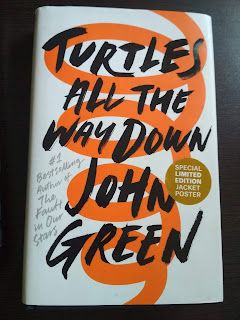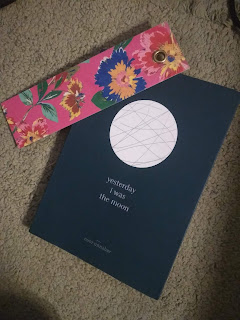A Pale View of Hills
Name of the Book:
A Pale View of Hills
Name of the Author:
Kazuo Ishiguro
Name of the Publisher: Faber and Faber
Number of Pages:
183
A Pale View of Hills was the debut novel of the Nobel Prize
Laureate, Kazuo Ishiguro. It is primarily set in Japan post the bombing of
Nagasaki and Hiroshima. It does not deal with the historical intricacies but
with the personal lives of the characters: the impact of the war on their lives
apart from the personal struggles that each one undergoes separately. The protagonist is a Japanese woman named
Etsuko who is living in England but has an over-powering past that keeps seeping
through the present. In fact, the reader knows her better only though these
flashbacks and can empathize with her consequently especially because she is imporous
to even her own family.
This is a tale of
nostalgia and remembrance. The sense of loss and mystery echoes in the entire
narrative. What happens to Sachiko and her daughter Mariko eventually? Why does
Keiko commit suicide? How does Mrs. Fujiawara who has lost everyone except a
son cope with her life? People are alone emotionally and physically, and yet
mostly optimistic. It is the war that brought people to such a disheartening
state.
The novel reflects upon the changing behaviors, lifestyles
and attitudes of the younger generation from the eyes of the older generations.
Some, such as Etsuko understand and accept the changes while others such as
Ogata-san complain but have accepted it anyway.
Filial relationships have been explored especially that of a
mother and daughter. However, everyone seems to either be neglectful or
neglected; either cruel or the victim. This makes the novel rather difficult to
read and gloomy. However, what propels it onwards is the suspense and the
readers’ curiosity for how the individual stories wrap up.
The novel is extremely unpretentious and simple. The
simplicity gives it an innocent, old-fashioned and rustic quality; one can
actually sense the technology-wanting, slow-paced lives of the people. In this
light, it is a pleasure and relief to be transported to an era in which people
spent time with nature for recreation and sent postcards to one another.
What I enjoyed the most about the novel: a sneak into the
Japanese culture and the interesting conversations between the characters!
-Kriti
Malhotra




Comments
Post a Comment